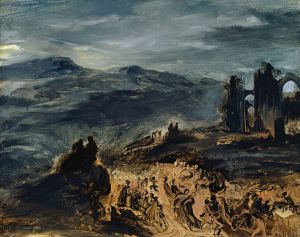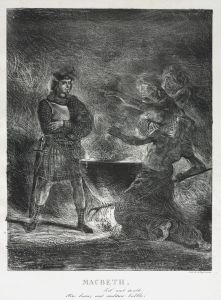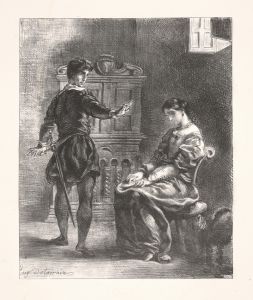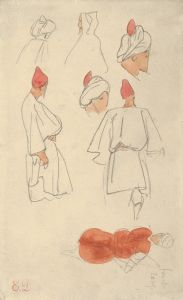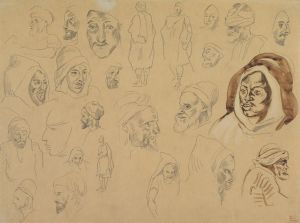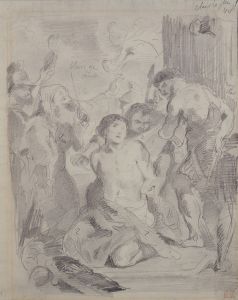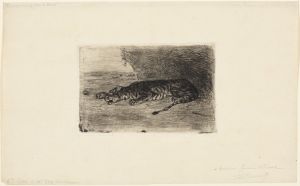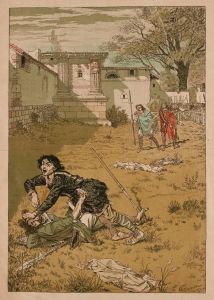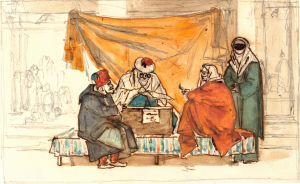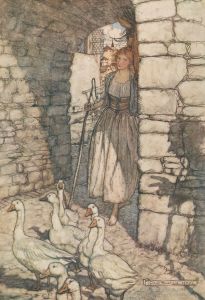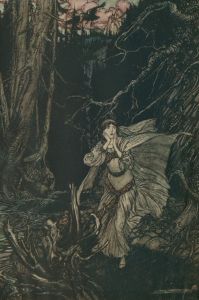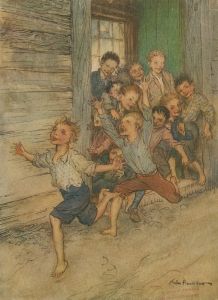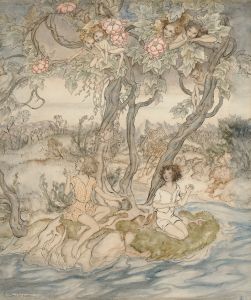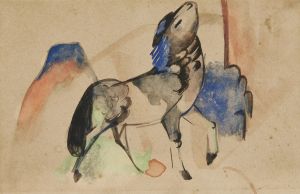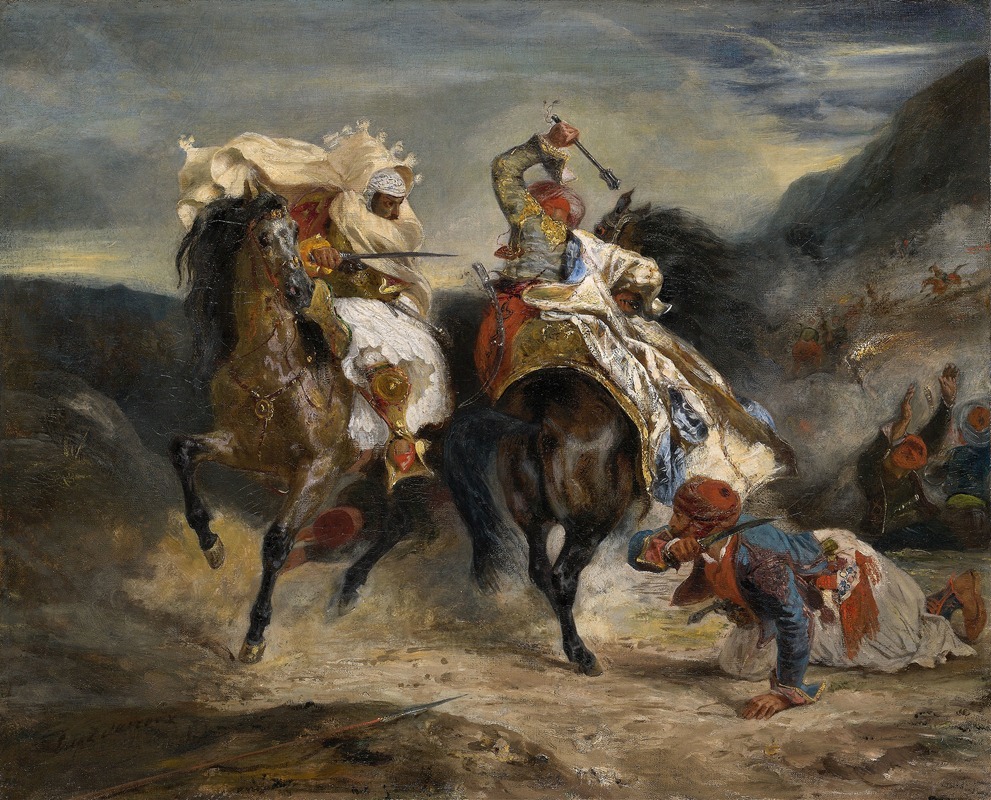
The Combat of the Giaour and Hassan
A hand-painted replica of Eugène Delacroix’s masterpiece The Combat of the Giaour and Hassan, meticulously crafted by professional artists to capture the true essence of the original. Each piece is created with museum-quality canvas and rare mineral pigments, carefully painted by experienced artists with delicate brushstrokes and rich, layered colors to perfectly recreate the texture of the original artwork. Unlike machine-printed reproductions, this hand-painted version brings the painting to life, infused with the artist’s emotions and skill in every stroke. Whether for personal collection or home decoration, it instantly elevates the artistic atmosphere of any space.
"The Combat of the Giaour and Hassan" is a painting by the renowned French Romantic artist Eugène Delacroix, completed in 1826. Delacroix, a leading figure of the Romantic movement, was known for his expressive brushwork and his fascination with themes of exoticism and dramatic historical events. This particular painting is inspired by Lord Byron's narrative poem "The Giaour," which was published in 1813. Byron's poem, set in the Ottoman Empire, tells the story of a tragic love affair and a subsequent violent confrontation between the Giaour, a non-Muslim or infidel, and Hassan, a Muslim.
Delacroix's painting captures the climactic moment of the poem, where the Giaour and Hassan engage in a fierce battle. The scene is filled with dynamic movement and intense emotion, characteristic of Delacroix's style. The artist's use of vibrant colors and dramatic contrasts enhances the sense of violence and urgency in the scene. Delacroix was known for his ability to convey emotion through color and composition, and "The Combat of the Giaour and Hassan" is a testament to his skill in these areas.
The painting reflects Delacroix's interest in Orientalism, a trend in 19th-century European art and literature that depicted the East as a place of romance, exoticism, and adventure. Delacroix, like many of his contemporaries, was fascinated by the cultures and landscapes of the Middle East and North Africa, which he often depicted in his works. This interest was further fueled by his own travels to Morocco and Algeria in 1832, although "The Combat of the Giaour and Hassan" predates these journeys.
"The Combat of the Giaour and Hassan" is also notable for its composition and technique. Delacroix employs a dynamic diagonal composition, drawing the viewer's eye across the canvas and emphasizing the movement and tension between the two figures. The swirling drapery and rearing horses add to the sense of chaos and energy. Delacroix's brushwork is loose and expressive, a hallmark of his style that would later influence the Impressionists.
The painting was well-received in its time and contributed to Delacroix's reputation as a master of Romantic painting. It exemplifies the Romantic fascination with themes of passion, conflict, and the exotic, and it showcases Delacroix's ability to translate literary themes into visual art. Today, "The Combat of the Giaour and Hassan" is housed in the Art Institute of Chicago, where it continues to be admired for its dramatic portrayal of a literary scene and its embodiment of Romantic ideals.
In summary, "The Combat of the Giaour and Hassan" is a significant work in Eugène Delacroix's oeuvre, reflecting his mastery of color, composition, and emotion, as well as his engagement with the themes of Romanticism and Orientalism.





